
Menu

Menu

Menu



VATS keys – Vehicle Anti Theaft System keys. All you need to know. What are they, when they were introduced, how to choose the right key for your car and more.
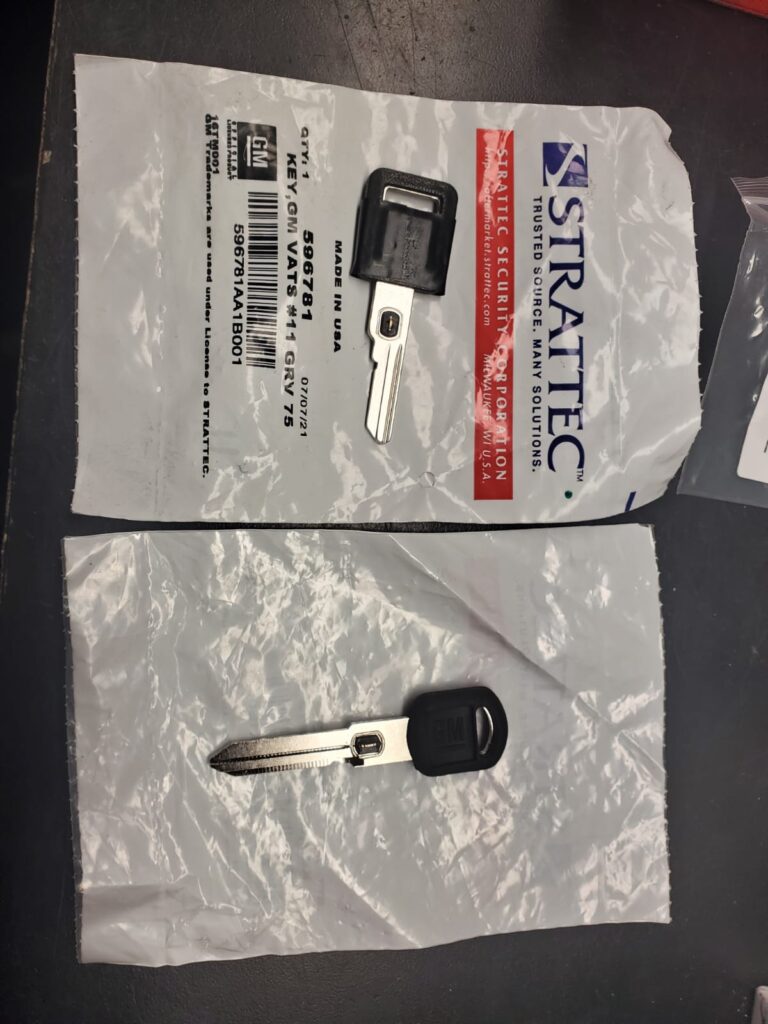
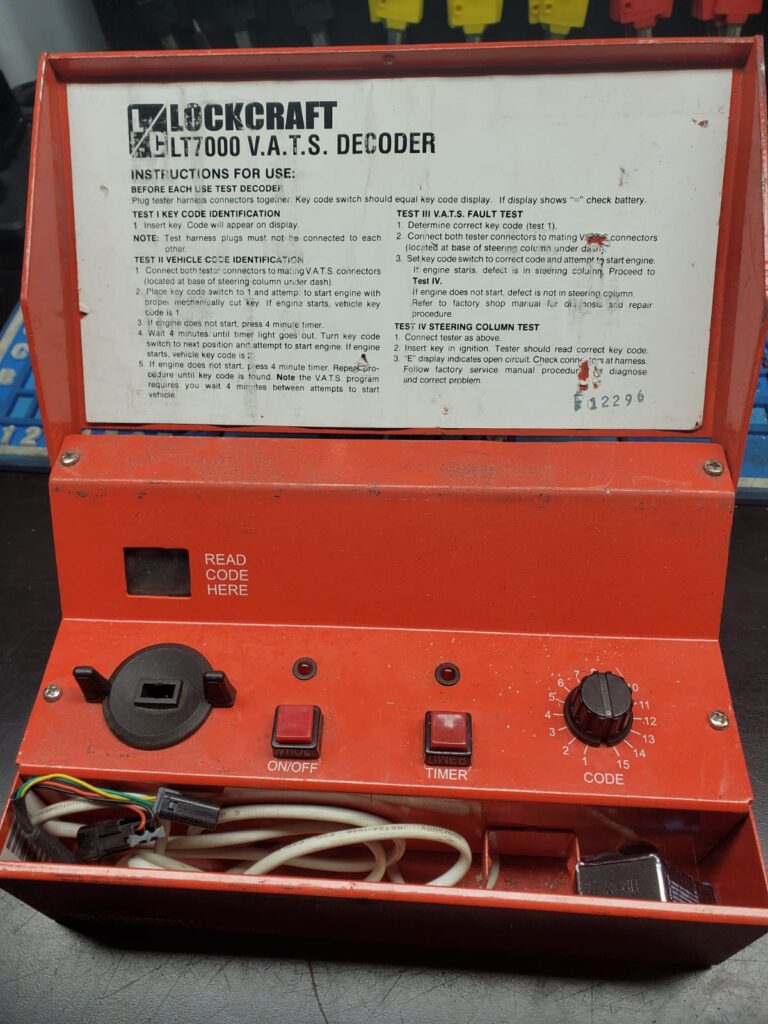
The VATS (Vehicle Anti-Theft System) is a security feature developed by General Motors (GM) to prevent unauthorized access to a vehicle. It was used on many GM vehicles from the mid-1980s through the late 1990s.
Here are a few examples of makes and models that use VATS keys:
1992-1999 Buick LeSabre
1990-1999 Cadillac DeVille
1992-1999 Pontiac Bonneville
1995-2001 Chevrolet Lumina
and more.
The older models used a single-sided VATS key and later model, mostly towards 2000’s used double sided VATS key.
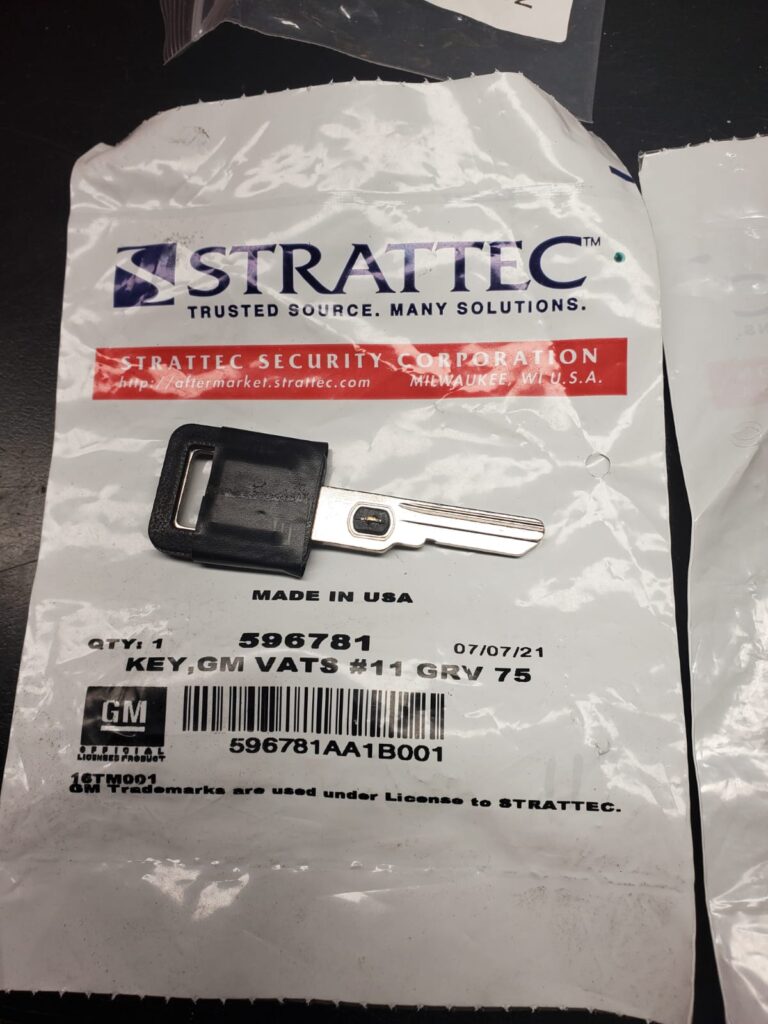
Single sided means that you can start the car only when you insert the key the right side, while double sided means you can start the car with both side of the key
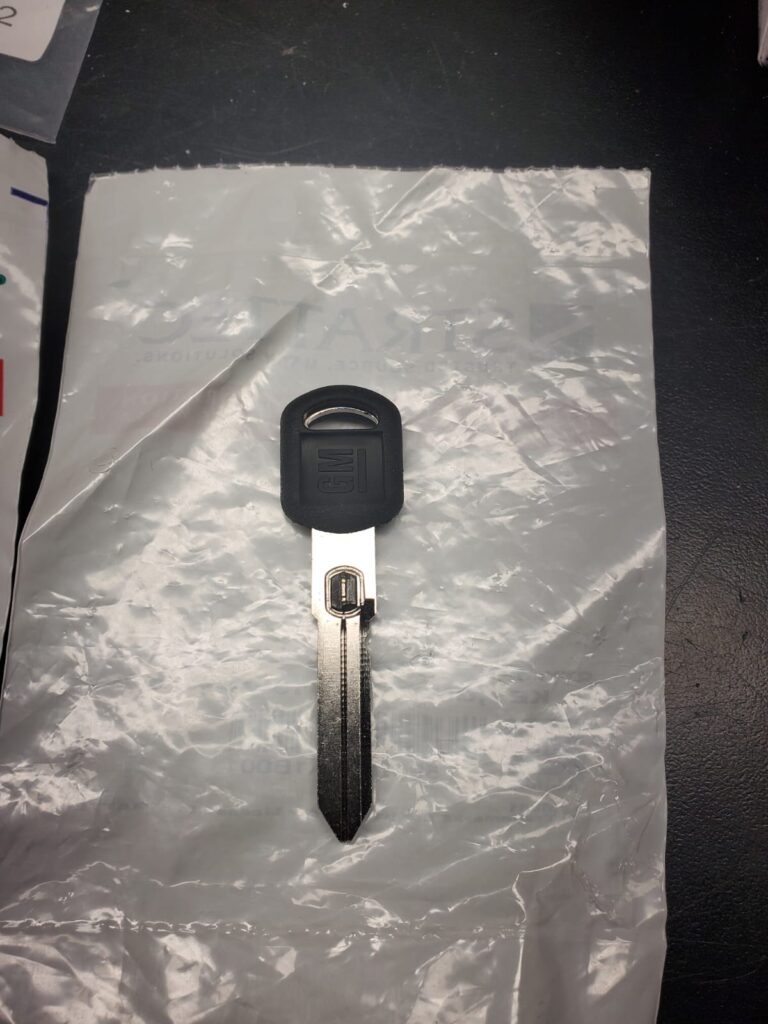
The VATS system uses a resistor embedded in the ignition key to identify the key and allow the engine to start. Those resistors have different values between 1 and 15. (Most often treated as chip value).
The chip value must be determined with a special machine like in the picture below:
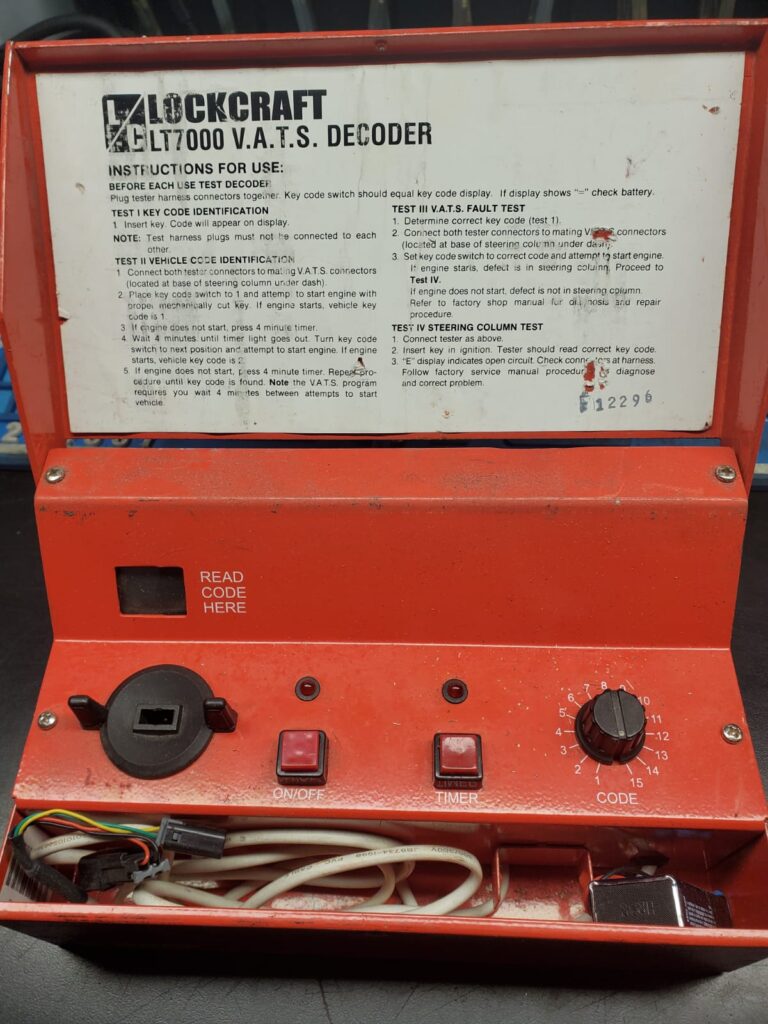
When the key is inserted into the ignition, the VATS module reads the resistance value of the key’s resistor and compares it to a value stored in the module’s memory or the car’s memory.
If the resistance value matches, the car will start. If the resistance value does not match, the module will not send the necessary signal, and the engine will not start.
Below, we can see two different keys, that look the same. One is with the necessary cihp, and one without:
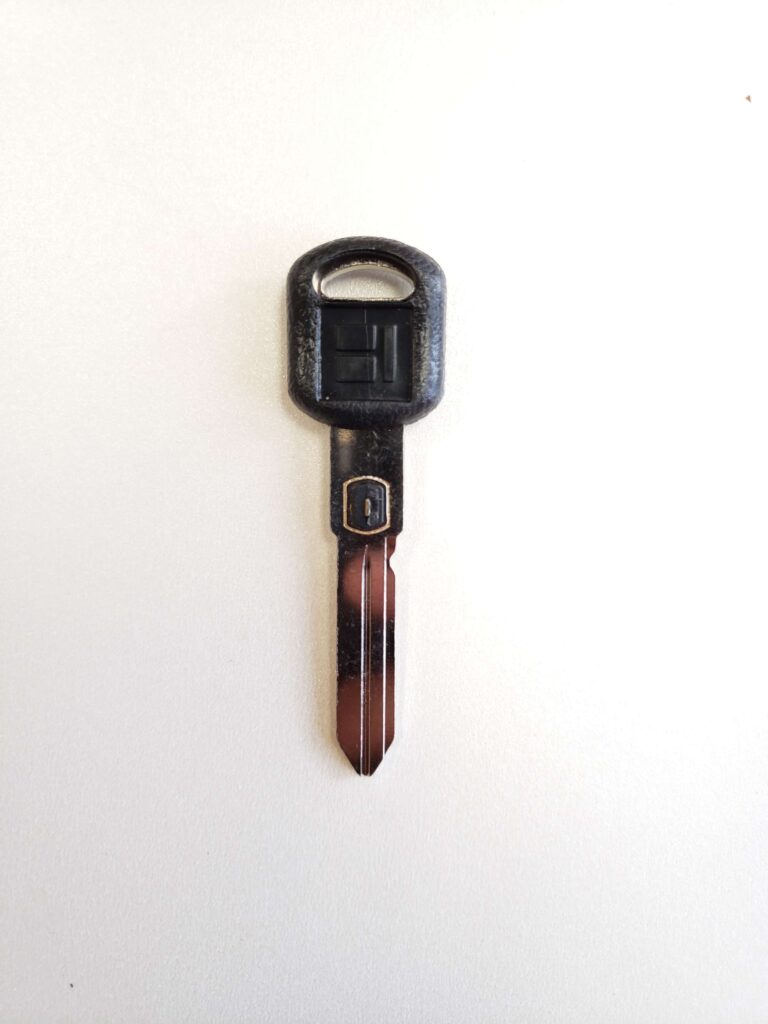
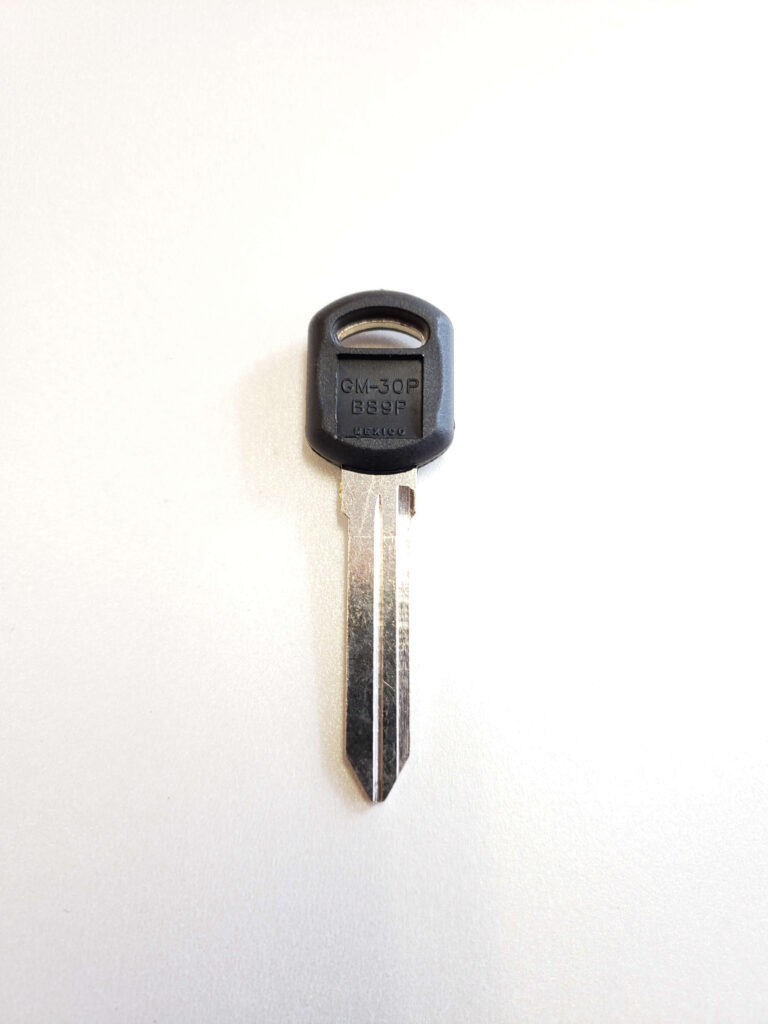
The VATS system was intended to reduce car theft by making it more difficult for thieves to start the vehicle without the correct key and, indeed made a great impact.
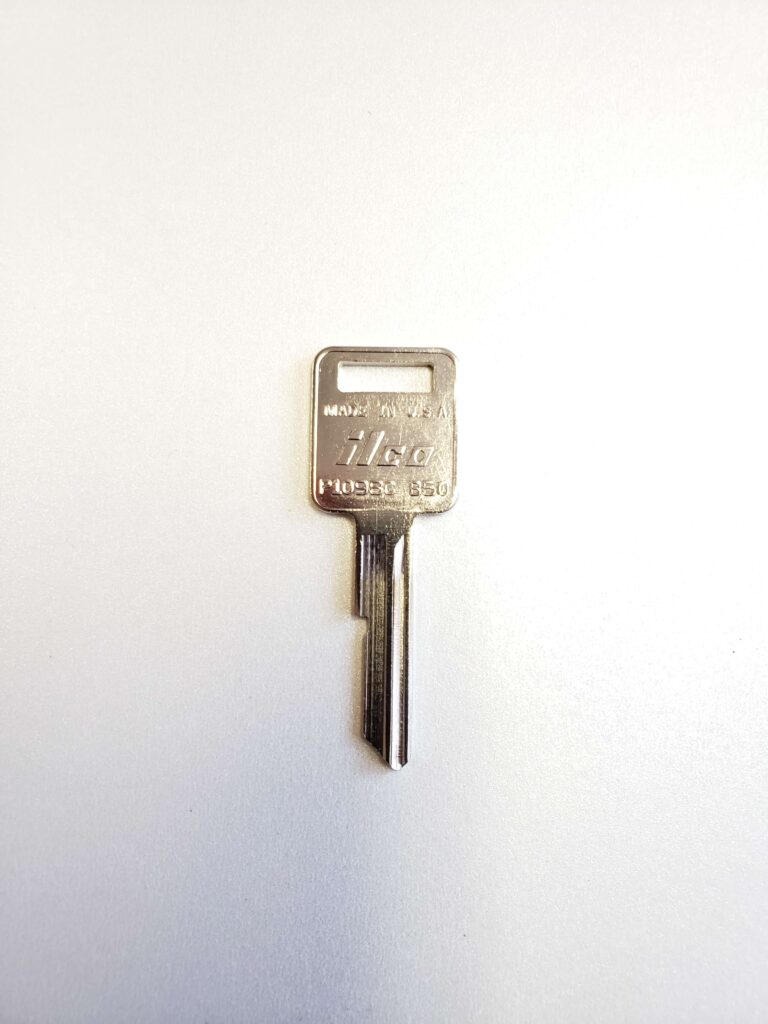
However, the system was not perfect and could be bypassed with some basic knowledge. As a result, GM eventually discontinued the use of VATS in favor of other security features, known today as chip key, which require a much more sophisticated machine to bypass the security system.
Most locksmiths can come and determine the right chip value you have with a decoder machine like the one below.
The machine with tell us which chip is inside the key, and then we can match it to the one you have in your system.
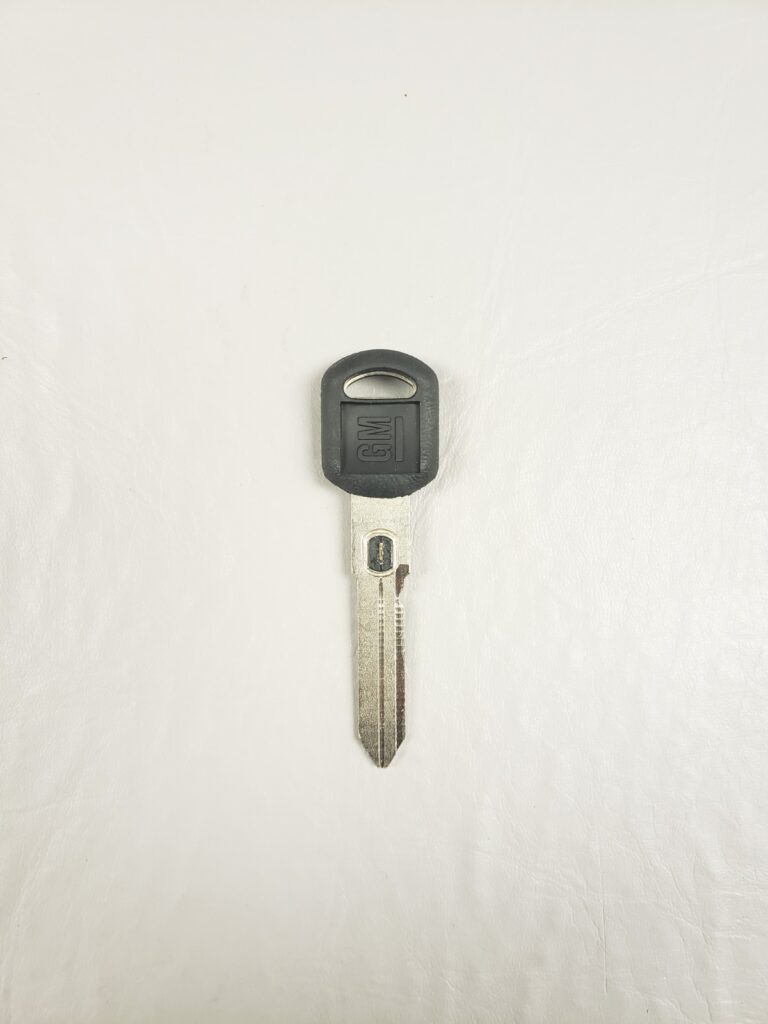
The chip value that your system has is written most often on the ignition cylinder, and it is a combination of letters and numbers. Once you have the combination of the letters and numbers, we can figure out the right chip value.
In the picture below, we found out that the customer had a chip value number 13, so we checked with the machine for the right key, and then all we had to do, was cut the key to match the ignition cylinder and the car started.
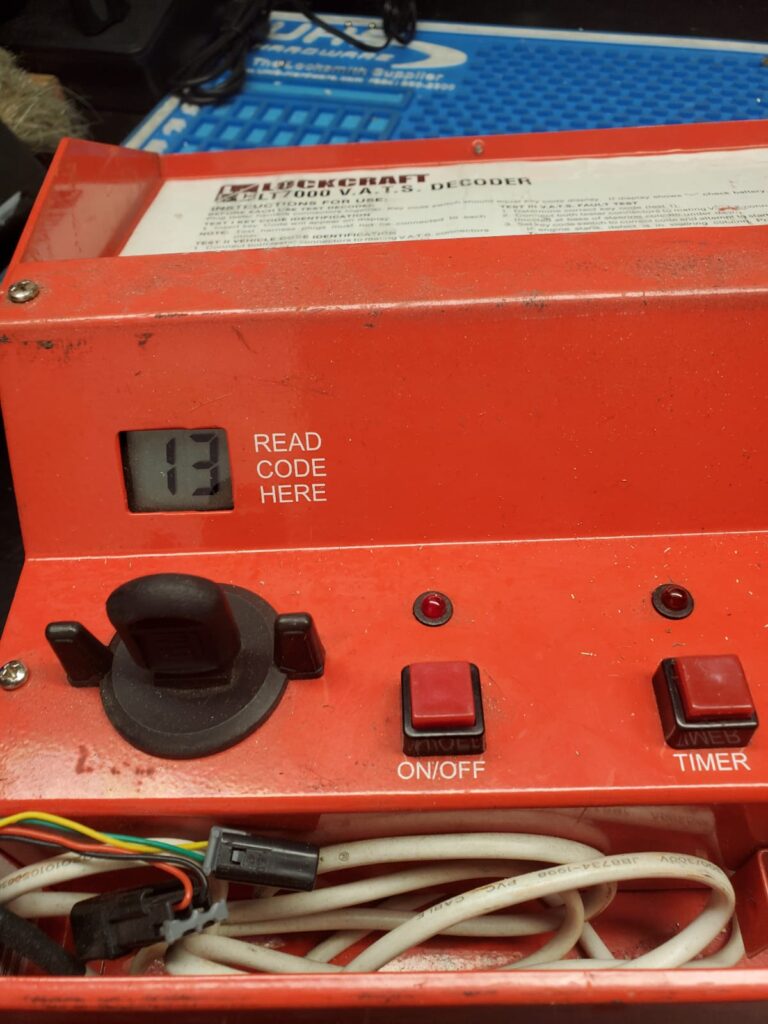
The process of getting a replacement VATS key involves 2 phases:
In case you have the key code, the process can be very fast and the price will be cheaper. Usually about $200 for on-site service.
In case the locksmith will have to find out the key cuts without a code, you are looking at about $300 for a new key.
This site is a free service to assist homeowners in connecting with local service contractors. All contractors are independent and this site does not warrant or guarantee any work performed. It is the responsibility of the homeowner to verify that the hired contractor furnishes the necessary license and insurance required for the work being performed. All persons depicted in a photo or video are actors or models and not contractors listed on this site.
Lost Car Key Replacement Copyright © 2024.